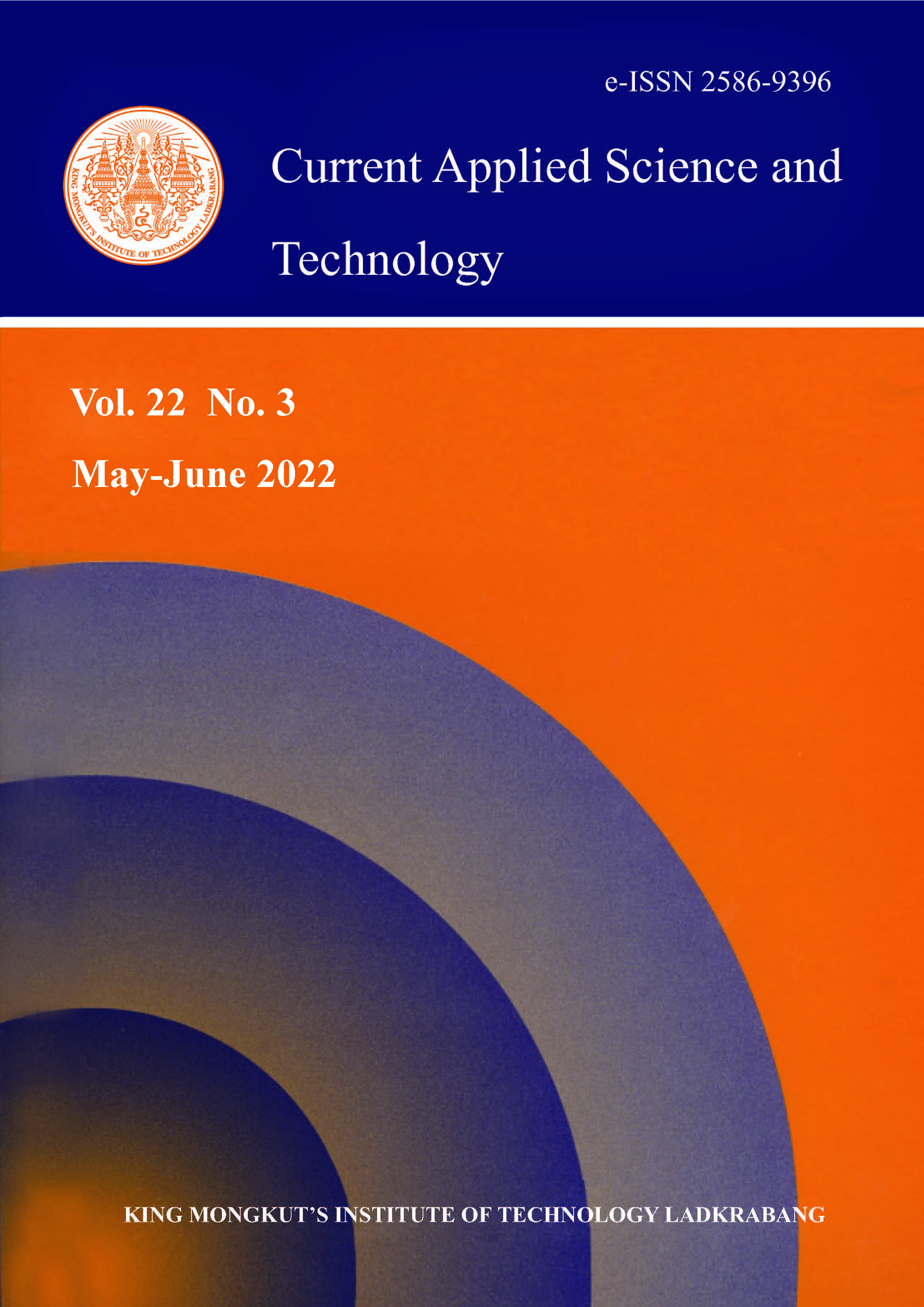The study involved 219 meningitis patients registered at AL-Hussein Teaching Hospital over a two-year period to determine the prevalence of Neisseria meningitidis in AL-Nasiriya city and the impact of sociodemographic parameters on infection (from the beginning of 2015 to the end of 2016). A technician extracted cerebrospinal fluid samples from the research population, and then transferred them directly to the laboratory for the identification of bacterial pathogens. The findings revealed that 57 patients (26.02%) were afflicted with Neisseria meningitidis. Twenty-nine cases (50.87%) were in 2015 and 28 cases (49.13%) were in 2016. Our studies showed that the incidence of Neisseria meningitidis was slightly higher in males than in females and in the age group of 20-44 years old. Over the study period, seasonal variation was also shown. This study concluded that meningococcal meningitis infection was affected by sociodemographic influences, which appeared to be prevalent in the long warm seasons of Iraqi weather, with summer having the highest percentage of N. meningitidis infections, followed by fall.
Keywords: meningitis; sociodemographic factors; Neisseria meningitidis; seasonality
*Corresponding author: Tel.: (+964) 7812424788
E-mail: sukaina.rahman@utq.edu.iq
Neamah*, S. R. undefined. ., Abdullah, Y. J. undefined. ., & Mohsin, D. H. undefined. . (2021). Identification, Epidemiology and Seasonal Variation of Neisseria meningitidis in Al-Nasiriya City, South of Iraq. CURRENT APPLIED SCIENCE AND TECHNOLOGY, DOI: 10.55003/cast.2022.03.22.015 (9 pages). https://doi.org/10.55003/cast.2022.03.22.015


https://cast.kmitl.ac.th/doi/10.55003/cast.2022.03.22.015